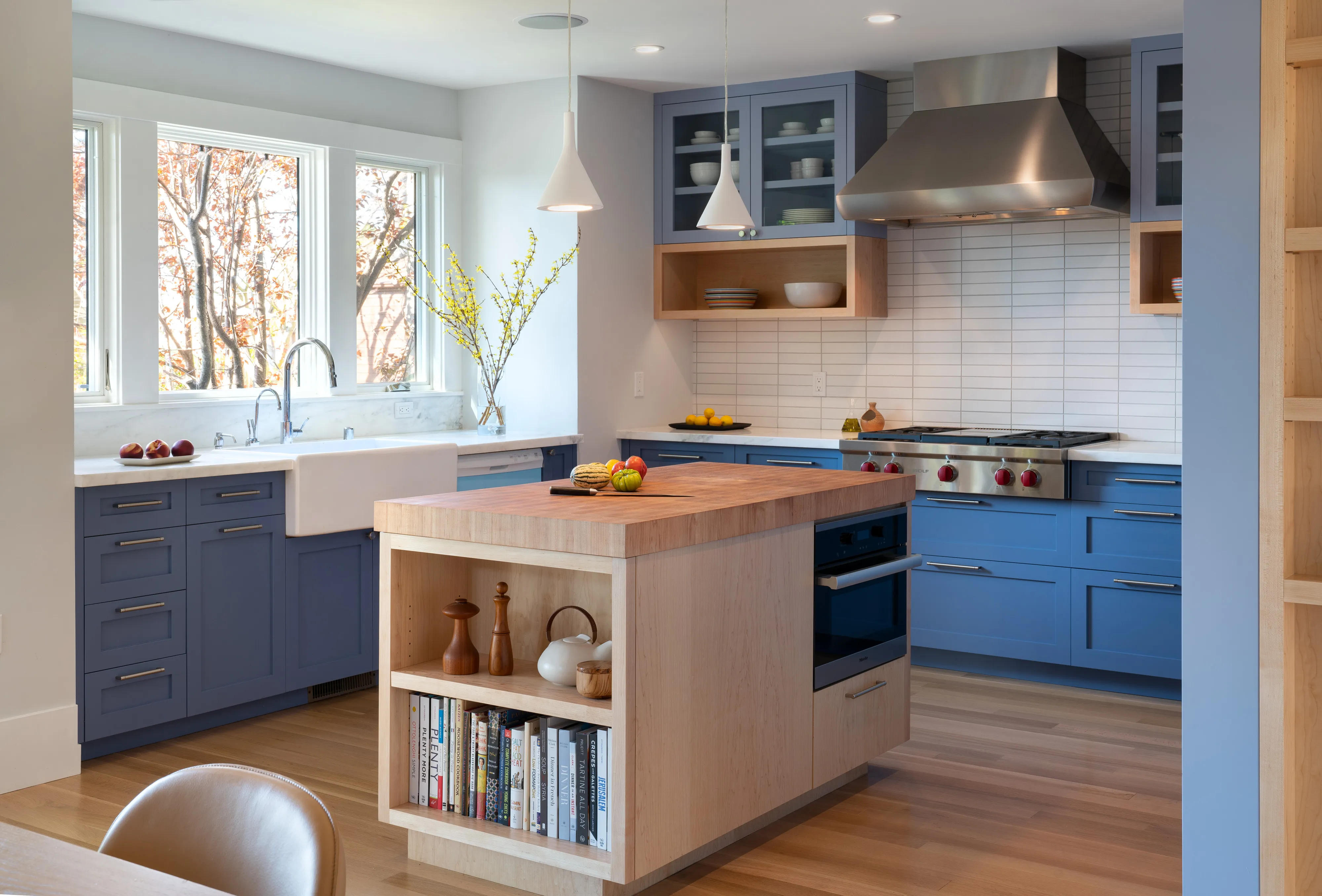
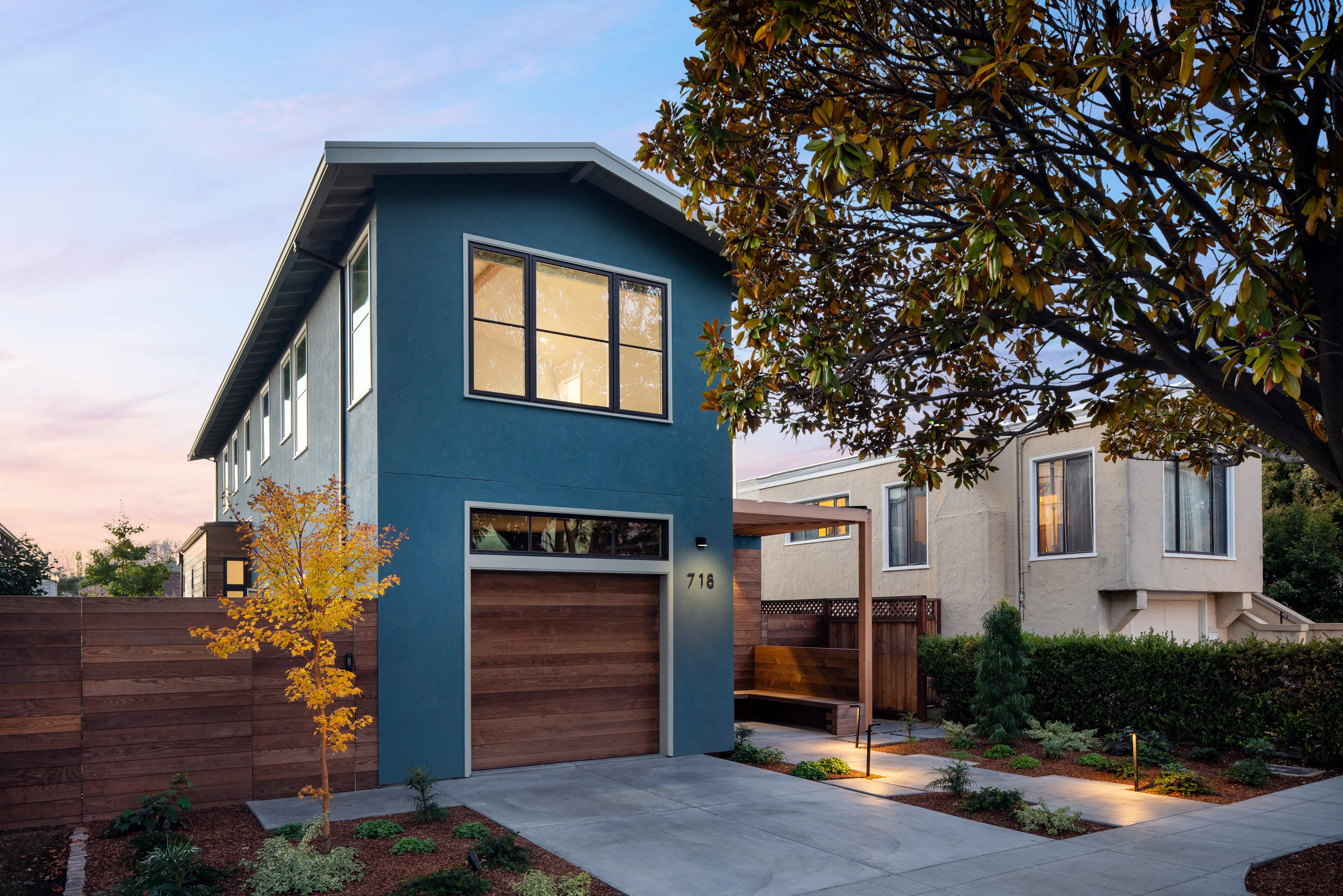
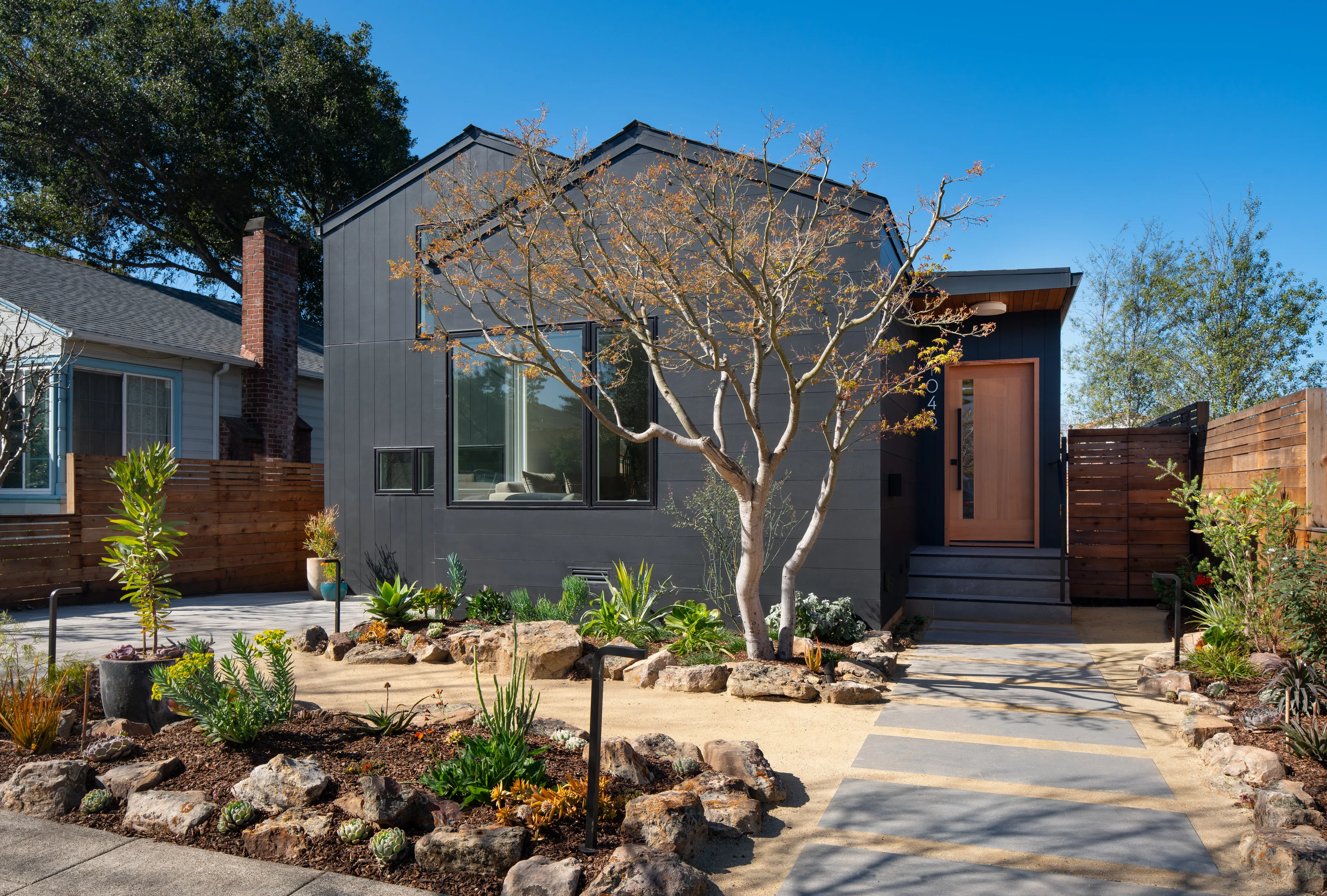
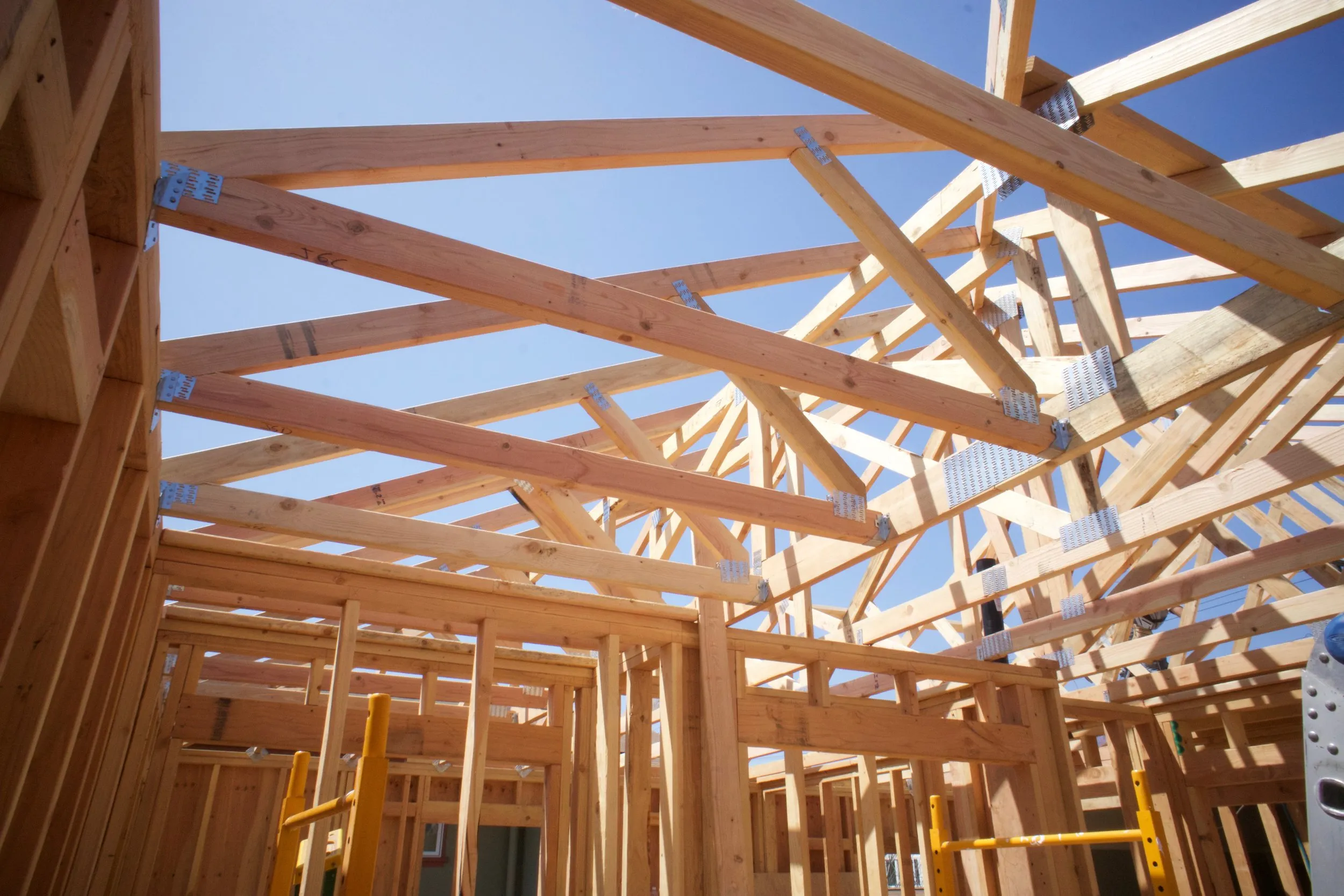
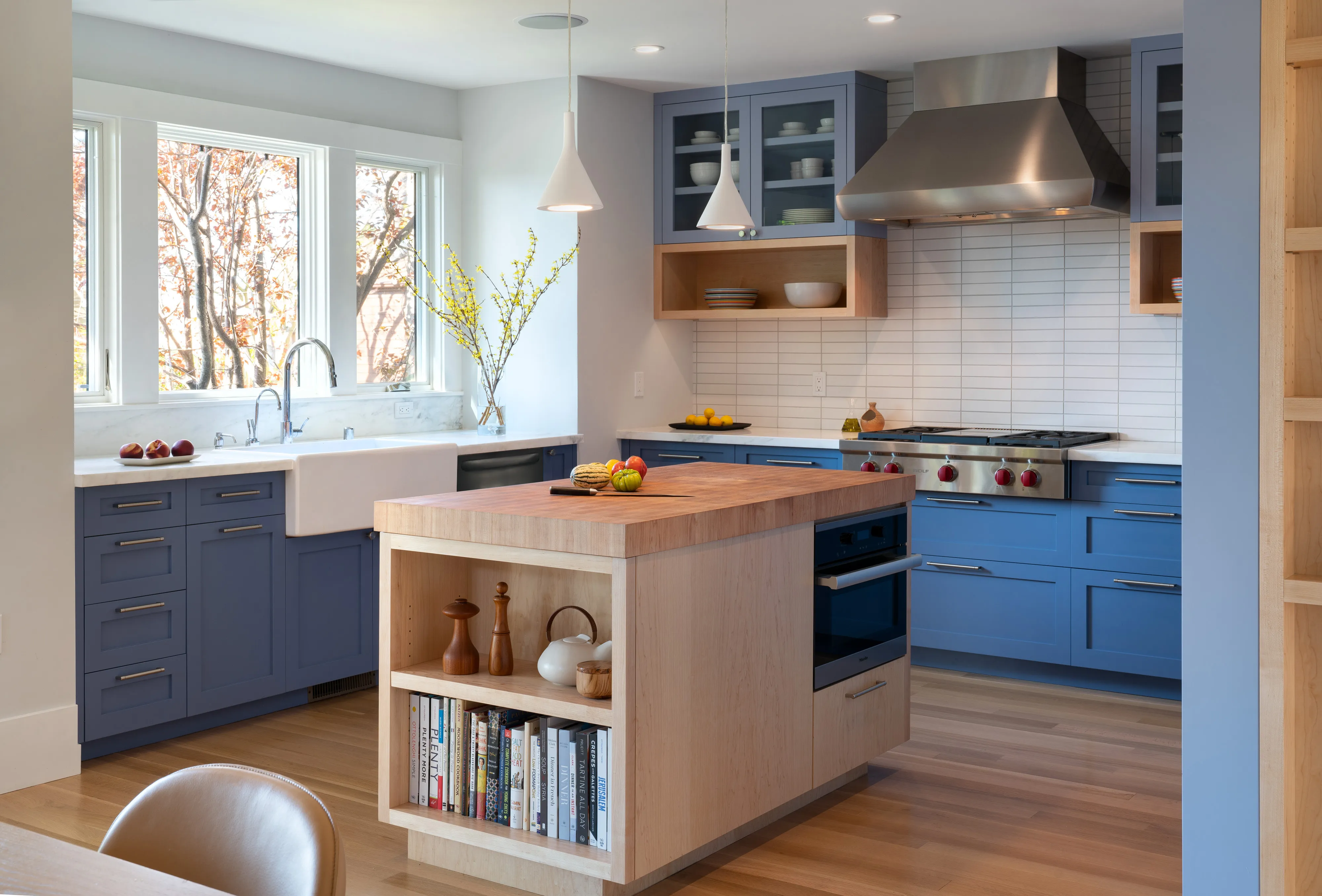
Process
It takes a team to turn an idea into reality. It takes a client with an idea, an architect to turn the idea into a plan, and a general contractor with experience and expertise to make these ideas and designs real.
Estimating
We believe that the contractor's involvement should start as early as possible. The estimating process should be a collaborative one, with the estimate being developed alongside the design. Ideally, the initial sketches are shared with us so we can provide a budgeting estimate. This not only establishes a baseline for the client and architect but also allows them to shape the design within the confines of the budget. Our role in this process is to offer pricing on various materials and address any constructibility queries. A second estimate is prepared when the plans are ready for submittal, and a third when the plans are returned from the city.
The benefit of this process is twofold. First, because we’ve all been part of the design and pricing, we are all very clear on the scope and budget before we begin construction. Too often, the process goes more like this: the completed plans are sent to multiple contractors for pricing. When the estimates come back, how do you know if the contractor has accounted for everything? And if they have, and the price is over budget, it’s too late to change the design. Even if the price is right, how do you choose? The biggest benefit of the iterative process is that it gives all of us, the client, architect, and builder, time to get to know each other and to become a team. The importance of this relationship will show itself as construction begins.
Pre-Construction
The process starts weeks or even months before we break ground. Choices about long-lead-time items like appliances, windows, doors, and millwork must be made. This decision-making process takes time, so the schedule starts there. One of our project managers will prepare and publish a detailed schedule showing what needs to be done, when, and who needs to do it. This helps ensure that we have what we need when it’s needed.
We’ll arrange for temporary power, portable toilets, and site security. Subcontractors will be brought on board, and materials will be ordered, all so we can minimize surprises and disruptions and stay on schedule.
Construction
One of the biggest differentiators between Assembly Builders and most other general contractors is that we self-perform almost all project phases. Concrete, framing, plumbing, electrical, trim, paint, tile, flooring and landscaping are all handled in-house. We use trusted, long-term partners for HVAC, roofing, stucco and drywall. This is the best way to ensure quality throughout the process. The guys have worked together for years; some have been with us since we started in 2013, and they all know what we expect regarding the quality of the work and how we treat our clients, partners, neighbors, and each other. We’re also less subject to others' schedules. Framers or electricians not showing up because they have another project does not happen. We have very close relationships with the subs we use, and they have always been there when needed.
Mario is onsite on every project, making sure we identify any potential issues early every day, and the site superintendent is onsite all day working with the crew and subs. Your project manager is responsible for all the schedule, communications, documentation and purchasing. We use Buildertrend for project management and you’ll have a project page where you can see the budget, change orders, schedule, weekly reports.
Communication
The actual construction is where the relationship that’s been built since the estimating part of the process comes into play. For us, construction is relatively easy. We’ve been doing it for a long time, and we know what to expect. Most of our clients, however, do not, and that’s why open, honest, and clear lines of communication are critical. Clients need to feel that their contractor has their best interests at heart, that they listen to their concerns, and that they care. Open communication, transparency, and feeling free to ask questions and talk about the process go a long way toward transforming what going in may look like an expensive, stressful and time-consuming process into something exciting, educational, and maybe even fun.
The most important review we get is what you say about us when we’re not in the room. Our goal is that when your friends need a general contractor, you’ll recommend Assembly Builders.